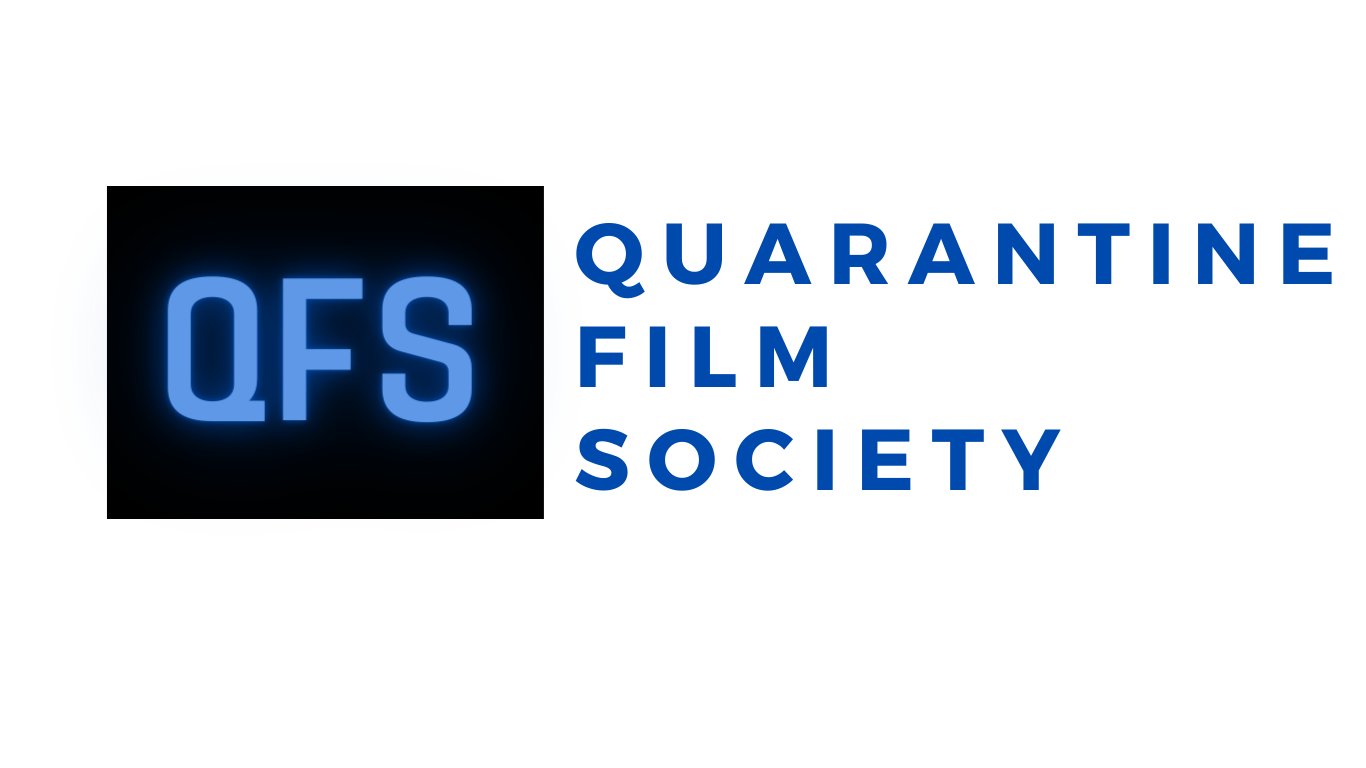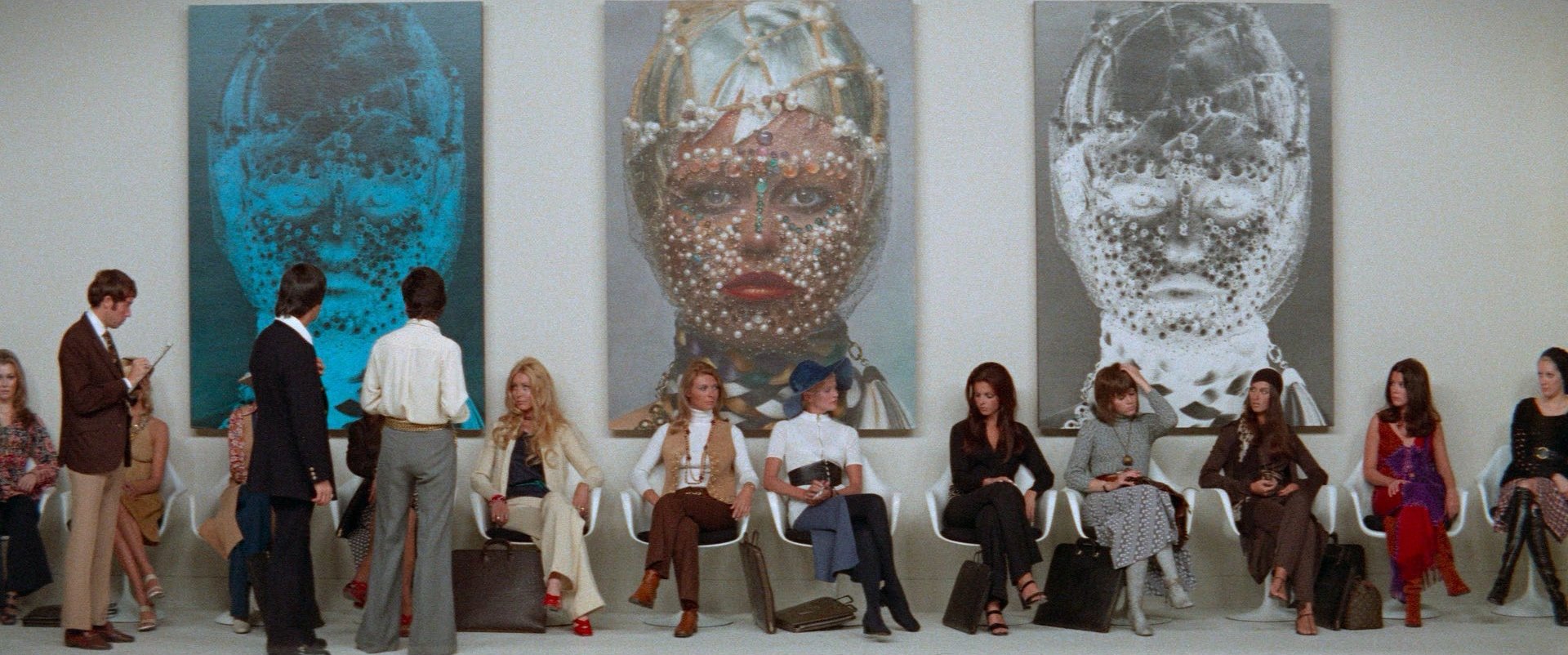Klute (1971)
QFS No. 127 - The invitation for November 15, 2023
Alan Pakula is one of the great workman filmmakers who seemingly gets overlooked in conversations about the best directors of an era. His films speak for themselves. All the President’s Men (1976) is just an utterly stellar film that really showcases an incredibly adept filmmaker at the top of his game. Throw in The Parallax View (1974), Sophie’s Choice (1982), Presumed Innocent (1990), The Pelican Brief (1993) along with Klute and that alone would be enough to call it a career. Add the fact that he produced To Kill a Mockingbird (1962) – really an amazing body of work.
Klute along with The Parallax View and All the President’s Men is considered part of an unofficial “paranoia trilogy” – thrillers with that extra paranoid* edge that came to define a mood of the 1970s. I think it’s an excellent time to dip into this, don’t you? I haven’t yet seen Klute but I have heard good things and excited to watch.
Pakula died in a tragic car accident when he was still a viable director, having directed Harrison Ford in The Devil’s Own (1997) a year earlier. Although he was 70, I’m sure we were robbed of a few more excellent films from a very skilled hand at the helm. Nevertheless, his mark on the American film landscape is indelible.
Klute features a great cast, including Jane Fonda who won an Oscar for this and with Donald Sutherland in the title role, a legendary cinematographer in Gordon Willis, and some probably terrifically outdated 1970s social mores. I’m looking forward to finally seeing this and discussing with you next week!
Reactions and Analyses:
A scene early in Klute (1971) is perhaps its most subersive. A wide shot, flat, with women sitting beneath modern artwork. We soon hear the model talent scout, who is entirely off camera, face never clearly seen, talk about each woman as if they’re commodoties. It’s incredibly dehumanizing and, likely, accurate. This is the improbable introduction into Jane Fonda’s character “Bree” who is one of the women and, it turns out, has bad hands. She, and the other women, are treated in such a callous and disposable fashion we immediately sympathize with her even before we know much about her. She’s soon ushered out and the next group of models are brought in (and clearly the agency asked for “ethnic” choices because the next group are mostly Black - which is a really subtle but fine touch by the filmmaker).
Aside from the character introduction, this is a scene that gives us a glimpse into Alan Pakula’s filmmaking. The dialogue, though only spoken by characters we don’t see or have their backs to us, has the feeling of natural conversation - overlapping, easy flowing, conversational and matter-of-fact. Bree, when revealed, is on the side of the frame, partially blocked by the talent scouts in the frame. The choice of shots are both cinematic and photojournalistic - the feeling we’re spying on something real.
This is Pakula’s particular genius, and one that comes out even more clearly in his masterpiece All the President’s Men (1976) - this style I would characterize as “cinematic realism.” It’s not pure realism or documentary style, though his style does make you feel like you’re witnessing something real, like you’re hiding in the room and watching. This is enhanced by the great Gordon Willis, who makes the lighting feel natural and real but uses shadows for creative and thematic effect. Hence the “cinematic” part of "cinematic realism.” There’s still very much the hand of the filmmakers present, with deliberate feeling choices throughout.
This is a style, for me, that I strive whenever I have a chance to make something original. Or, I should say, this is the style that most naturally comes to me. It is, I’d argue, one of the more difficult styles of filmmaking to pull off - to feel both invisible and visible as a filmmaker. To maniuplate the audience but also make it seem like you are not doing so overtly. Pakula shows his mastery of it throughout his work.
In Klute, most of us in the QFS group felt that the thriller aspects of the film to be vastly inferior to mood and themes of the film. The plot is not terribly straightforward, slightly convoluted, with a handful of gaping holes. But the plot is secondary to what the filmmakers are trying to explore about human relationships, about being a woman in a world where a woman has little to no power, about addiction and the human mind.
Bree can’t stop turning tricks, and in the narrative device of the confessional with the therapist, she shares why. She’s in control, she has power and agency. And we see it in the first scene where she has a john and convinces him to pay more. She treats him like he’s the only thing in the world but we, as the audience spying on this scene, see her check the time on her watch.
Donald Sutherland’s “John Klute” on the other hand is such a thinly constructed character of whom we know so little about. When Bree finally seduces him, several of us in the group felt that this was going to go in a familiar way - oh, he’s going to be obsessed about Bree and driven to madness. But the script does something unexpected - she actually falls in love with him. You see it in the fruit buying scene. It’s so subtle, but she wants to reach out and feel for him and it’s clear that she’s found stability or something like love and is unprepared for it. So much so she tries to go back to her old pimp (Roy Scheider’s “Frank”) and … gets high? Or just drunk? Something that requires Klute to help her recover.
Fonda won the Oscar for her role but said afterwards, “I'm not very happy about what the picture is saying to women, which is, if you get a good shrink and a good guy, everything will turn out all right, and I don't think that's true." And that is definitely a problematic takeaway from the film.
But the film’s lasting value is in its style. One OFSer pointed out that when Bree gets a call for a job, she steps into a shadow, literally stepping into the dark and away from the light. There are other really memorable uses of light and dar - when Klute watches Bree undress for the older fabric salesman he’s in the shadow; the silhouettes in the very first wide shot at dinner where the foreground diners are in shadow but the background ones against the window are lit; when Bree is talking to Peter Cable (played by Charles Cioffi), her face is lit but everything behind her is in shadow; in the basement when Klute is searching for an intruder and all we see is what the flashlight sees.
The overall sense of watching from afar as a voyeur pervades the film in the shots through a window from across a street or from atop a building looking down at Bree and Klute entering through a doorway down blow - enhanced by the unsettling score by Michael Small. The performances and filmmaking are extraordinary throughout, despite the flaws in the plot and thematic elements.
Finally, it struck many of us that this is a film that could not be even pitched now. A medium-budgeted thriller with a terrible title (why is this film called “Klute” and not “Bree” when clearly it’s her story?) - seems more in line for a limited series on a middling streamer. Which is a shame. Klute reminds me once again that the 1970s is arguably the greatest decade of American filmmaking where directors were given the chance to explore, innovate and create.




